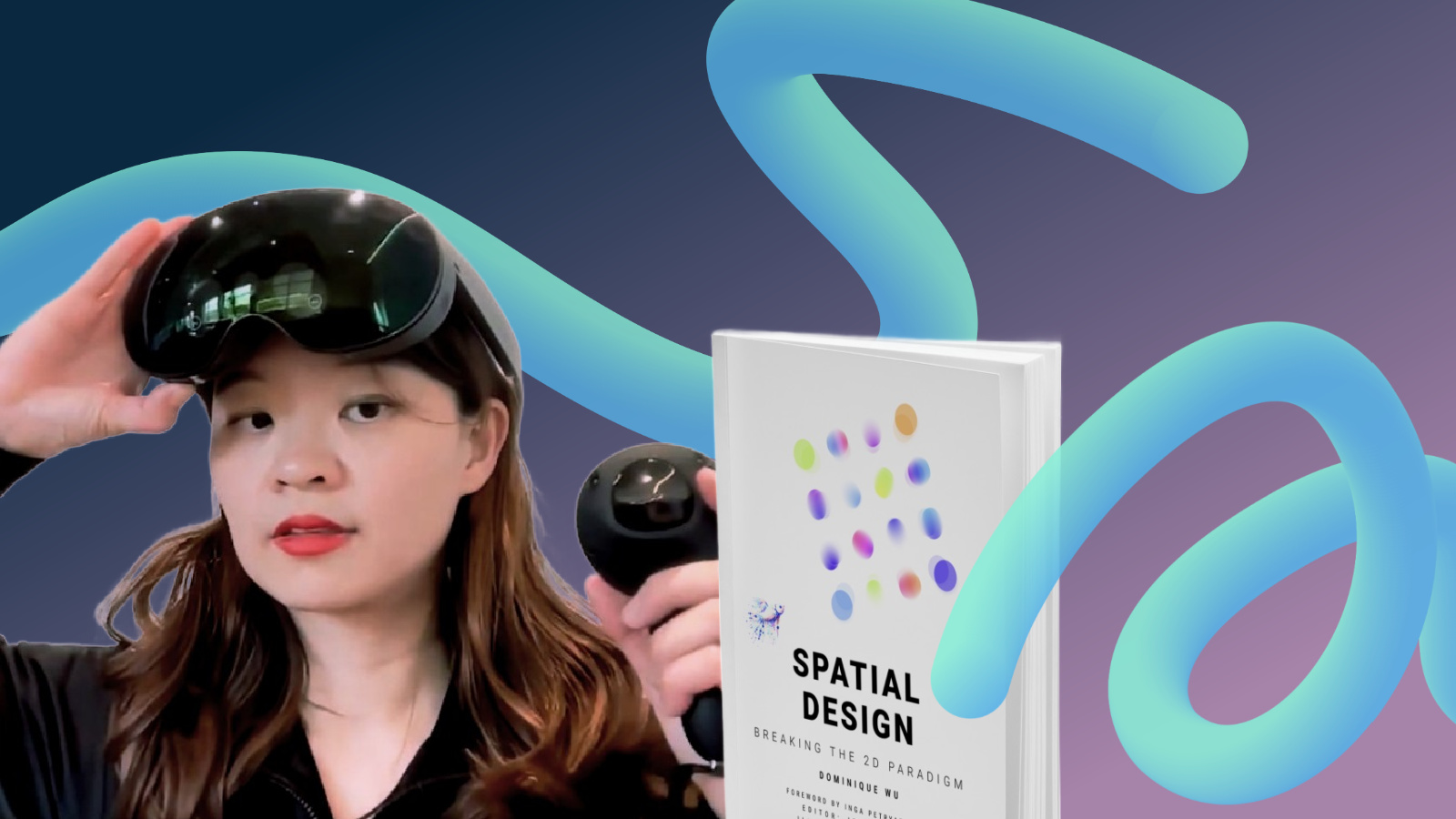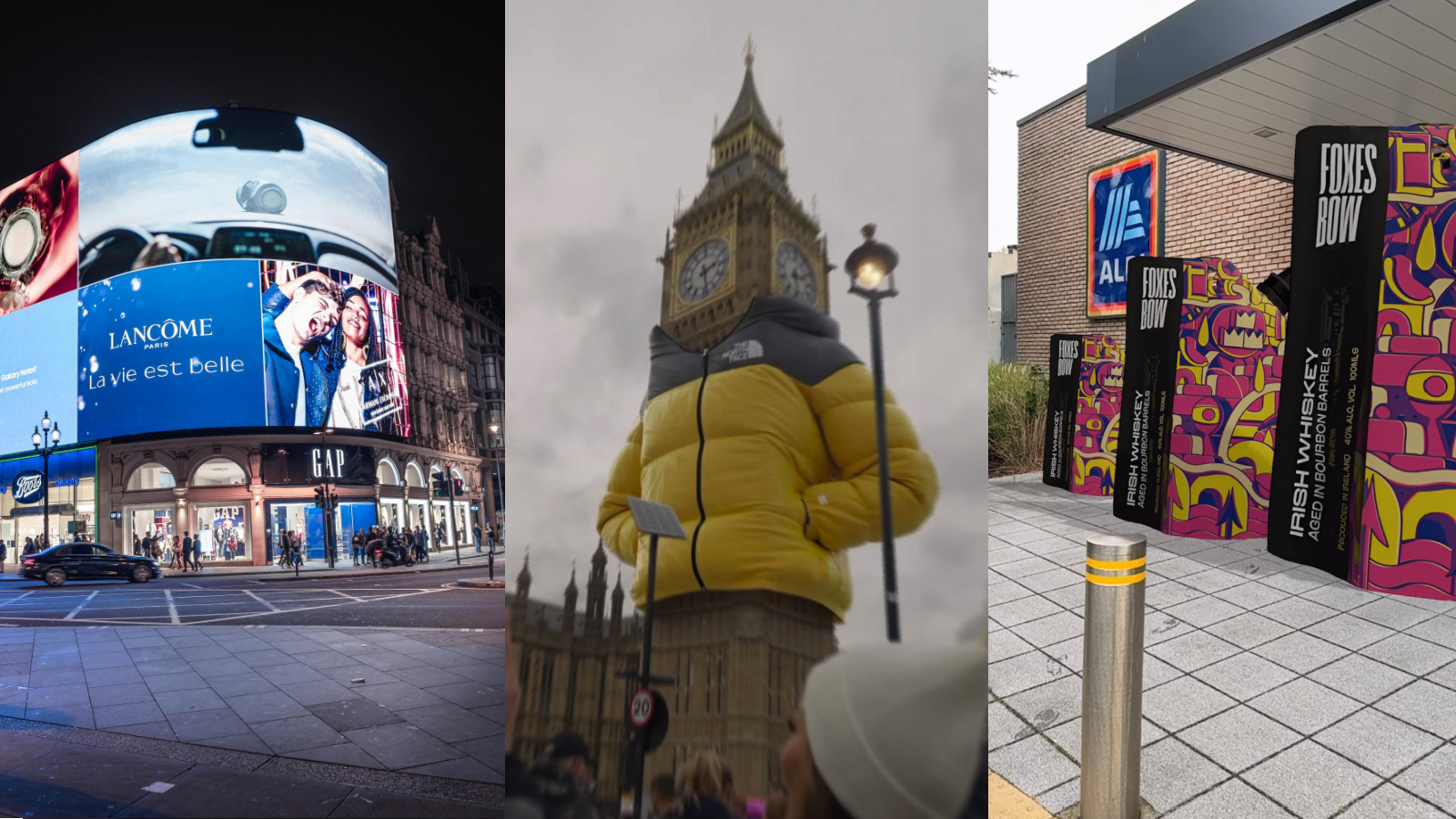Spatial Computing has emerged as a transformative technology, promising to redefine how we interact with the digital world.
Millions of people worldwide, interact with spatial systems and tools daily. The GPS in a car, a virtual home assistant with speech recognition capabilities, and QR code scanners are all examples of spatial technology. However, there is still a lot to learn about spatial computing and about how it works and how it can affect our lives on a daily basis. Let’s dive into it!
What is Spatial Computing?
Simply put Spatial Computing, involves the integration of digital information into the physical environment around us. It is the bridge between the digital and physical worlds, allowing for seamless interactions and introducing a 3D spatial understanding of the world.
Spatial Computing employs sensors, artificial intelligence, and augmented reality to create an immersive experience where digital elements coexist with the real world.
The launch of Apple Vision Pro has cemented the advancements of spatial computing in our daily lives, as the competition intensifies to discover the most effective applications.
Spatial Computing and XR
Without spatial technology, an Extended Reality (XR) environment would be something you could see and walk around but never touch or interact with. Spatial Computing acts as the backbone for these XR experiences, enhancing our perception of reality by blending the virtual and physical seamlessly.
Spatial systems seamlessly integrate computer programming with our everyday interactions, unlocking pathways to innovative physical workflows, valuable data insights, and opportunities for advanced automation.
At Imvizar we use spatial tools to create immersive user experiences at specific loactions. Imagine visiting Waterford, Ireland's oldest city, and wanting to experience the rich history hidden behing the modern infrastructure. With spatial computing tools, we overlay the city's past visuals, complete with characters interacting within the space. The virtual content's awareness of the real environment, coupled with the user's ability to move with six degrees of freedom, is what makes these types of experiences so impactful.
How Spatial Computing is Changing Our World
Product Development:
One of the most valuable breakthroughs facilitated by spatial computing is 3D visualisation, continuing to empower product development today. Spatial computing accelerates the product development cycle, fostering innovation and efficient iteration processes.
Education:
Spatial Computing holds immense potential in the education sector. Students can step into immersive learning environments, making complex subjects more tangible and engaging. From virtual field trips to interactive historical experiences, Spatial Computing has the power to revolutionise the way we learn and absorb information.
Collaboration:
Immersive collaboration is a trend in the new age of work as employees become more geographically dispersed and spatial systems can improve remote collaboration. It allows employees to share a unified digital space, share assets more effectively, and connect with team members in an engaging format. This collaborative approach enhances creativity, communication, and overall team dynamics.
Entertainment:
Spatial technology allows users to actively participate in narratives, blurring the lines between fiction and reality. From interactive gaming experiences to augmented reality storytelling, entertainment becomes more immersive and personalised by allowing users to actively participate in narratives, blurring the lines between fiction and reality.
Spatial Storytelling:
Spatial storytelling is an exciting dimension of Spatial Computing, where digital elements enhance our perception of physical spaces. Whether it's exploring historical landmarks through AR-guided tours or experiencing cultural stories in a virtual space, Spatial Storytelling adds a layer of richness to our understanding of the world around us.
Employee Training and Engagement:
Spatial technology opens the door to immersive training and engagement experiences. It enables employees to interact with scenarios in new, intuitive ways. Which not only enhances the learning process but also contributes to higher levels of engagement among employees.
The Future of Spatial Computing
Looking ahead, the future of Spatial Computing is both exciting and promising. As technology evolves, we can anticipate more sophisticated AR and VR applications that we can not wait to share with all of you. From enhancing our current experiences to unlocking new possibilities, we at Imvizar are at the forefront of tracking the newest trends and bringing the most innovative solutions to our partners, infusing cutting-edge spatial computing into all of our original works.





.jpg)





